 Lake Lucerne
Lake Lucerne
Entry Category: Recreation
 Lake Lucerne
Lake Lucerne
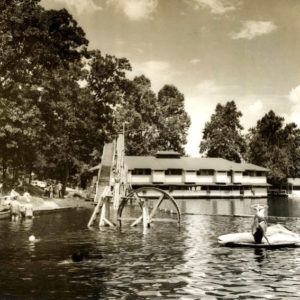 Lake Lucerne
Lake Lucerne
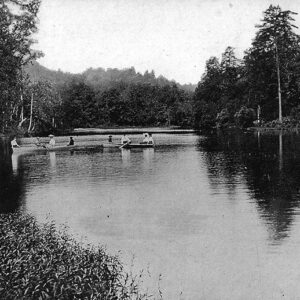 Lake Lucerne as Sanitarium Lake
Lake Lucerne as Sanitarium Lake
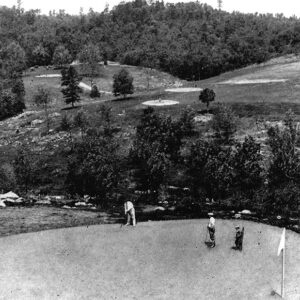 Lake Lucerne Golf
Lake Lucerne Golf
 Lake Lucerne Swimming
Lake Lucerne Swimming
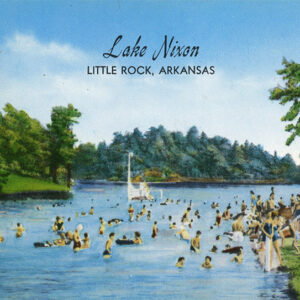 Lake Nixon
Lake Nixon
Lake Ouachita State Park
Lake Poinsett State Park
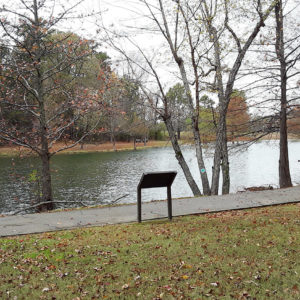 Lake Ponder
Lake Ponder
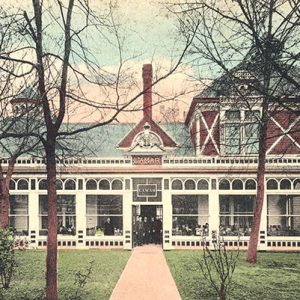 Lamar Bathhouse
Lamar Bathhouse
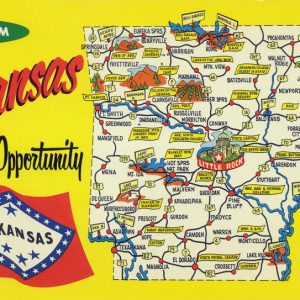 "Land of Opportunity" Postcard
"Land of Opportunity" Postcard
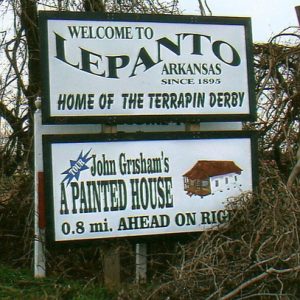 Lepanto Attractions
Lepanto Attractions
Lepanto Terrapin Derby
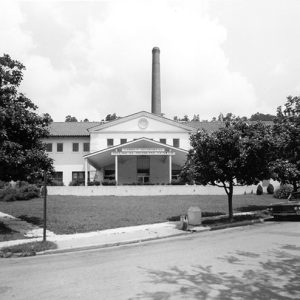 Libbey Memorial Physical Medicine Center
Libbey Memorial Physical Medicine Center
Lindbergh Day
aka: Guggenheim Tour
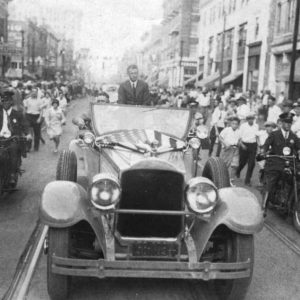 Lindbergh in Little Rock
Lindbergh in Little Rock
Little Miss Arkansas Pageant
 Little Pine Boat Launch
Little Pine Boat Launch
 Little Readers Rock
Little Readers Rock
Little Rock Film Festival
Little Rock Garden Club
Little Rock Marathon
Little Rock Zoo
 Livestock Show Parade
Livestock Show Parade
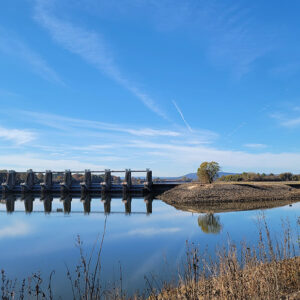 Lock & Dam No. 9
Lock & Dam No. 9
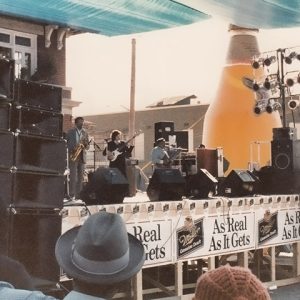 Robert Lockwood Jr.
Robert Lockwood Jr.
Logoly State Park
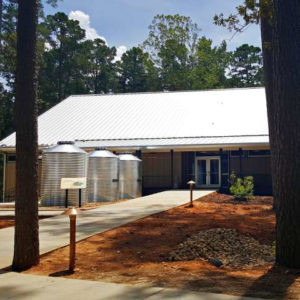 Logoly State Park Visitors Center
Logoly State Park Visitors Center
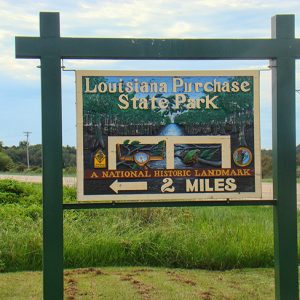 Louisiana Purchase State Park Entrance
Louisiana Purchase State Park Entrance
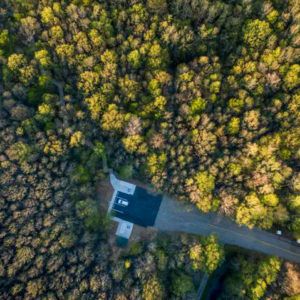 Louisiana Purchase Park
Louisiana Purchase Park
Louisiana Purchase State Park
Lower White River Museum State Park
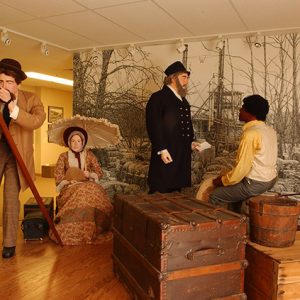 Lower White River Museum
Lower White River Museum
 LRAFB KC-135 Christening
LRAFB KC-135 Christening
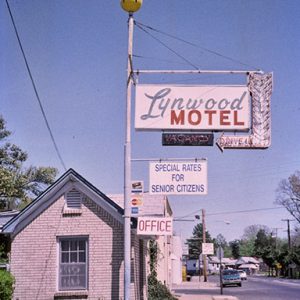 Lynwood Tourist Court
Lynwood Tourist Court
MacArthur Park
 Magnesia Springs
Magnesia Springs
 Mallard Lake
Mallard Lake
Malvern Brickfest
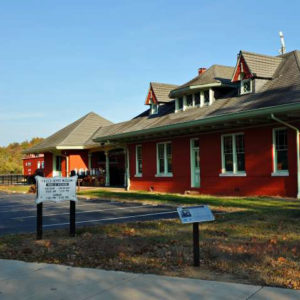 Mammoth Spring Frisco Depot
Mammoth Spring Frisco Depot
 Mammoth Spring Spillway
Mammoth Spring Spillway
Mammoth Spring State Park
Marks’ Mills Battleground State Park
 Masonic Lodge 426
Masonic Lodge 426
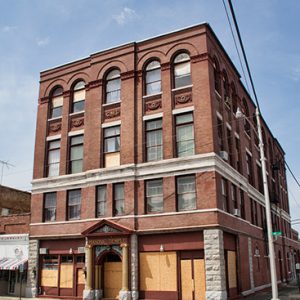 Masonic Temple
Masonic Temple
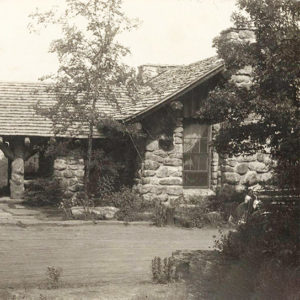 Mather Lodge
Mather Lodge
 Maurice Bath House
Maurice Bath House
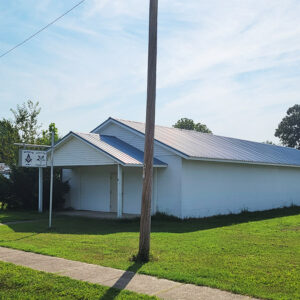 McRae Masonic Lodge
McRae Masonic Lodge
Memphis-Arkansas Speedway
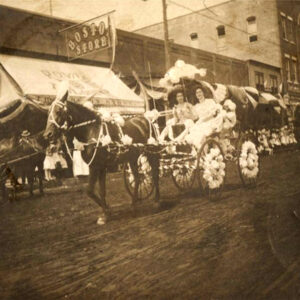 Mena Parade
Mena Parade




